Pianist and composer Johannes Brahms was born in Hamburg, Germany on May 7, 1833. His father, a musician of modest skill, encouraged his young son to study music. At 20, Brahms asked music critic Robert Schumann to look at some of his work. Schumann immediately understood that Brahms represented something new.
The music of the period was characterized by a rejection of classicism in favor of romantic trends.
Classical form based on systematic cadence had dominated most of the eighteenth century. Romanticism, by contrast, sought melody rich in virtuosity and divergent sound. Brahms reconciled the two forms, uniting discipline and diversity.
Brahms performed his first concert for piano and orchestra in Hanover when he was 25. But his music seemed too sober for the tastes prevalent in the Romantic period. Success came only at age 35, thanks to German Requiem, an opera for orchestra and chorus.
Brahms soon moved to Vienna, the capital of eighteenth-century music. At 43, after a fifteen-year effort, Brahms finally completed one of his most important works, The First Symphony. In its debut, the music was praised for its power. Critics compared Brahms to Ludwig Van Beethoven. Brahms was also the first major composer to record live music. At 56, he agreed to an experimental recording of his first Hungarian Dance.
Brahms died in Vienna on April 3, 1897. He was 63. He left behind more than 150 works for chorus, orchestra, organ, piano, and other instruments. In 1994, the Hungarian Dance recording was restored at Stanford University. The static was cut out, and Johannes Brahms played live again more than a century after his death.
The music of the period was characterized by a rejection of classicism in favor of romantic trends.
Classical form based on systematic cadence had dominated most of the eighteenth century. Romanticism, by contrast, sought melody rich in virtuosity and divergent sound. Brahms reconciled the two forms, uniting discipline and diversity.
Brahms performed his first concert for piano and orchestra in Hanover when he was 25. But his music seemed too sober for the tastes prevalent in the Romantic period. Success came only at age 35, thanks to German Requiem, an opera for orchestra and chorus.
Brahms soon moved to Vienna, the capital of eighteenth-century music. At 43, after a fifteen-year effort, Brahms finally completed one of his most important works, The First Symphony. In its debut, the music was praised for its power. Critics compared Brahms to Ludwig Van Beethoven. Brahms was also the first major composer to record live music. At 56, he agreed to an experimental recording of his first Hungarian Dance.
Brahms died in Vienna on April 3, 1897. He was 63. He left behind more than 150 works for chorus, orchestra, organ, piano, and other instruments. In 1994, the Hungarian Dance recording was restored at Stanford University. The static was cut out, and Johannes Brahms played live again more than a century after his death.
RELATED


VIENNA
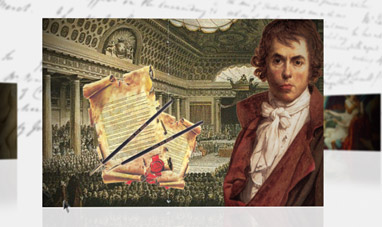

JACQUES LOUIS DAVID
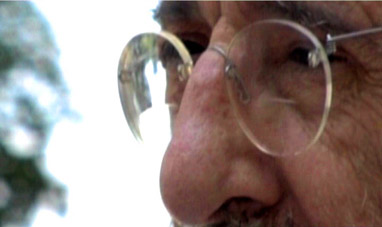

ÁLVARO SIZA VIEIRA
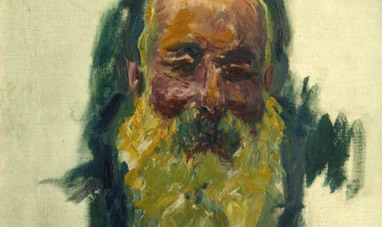

CLAUDE MONET
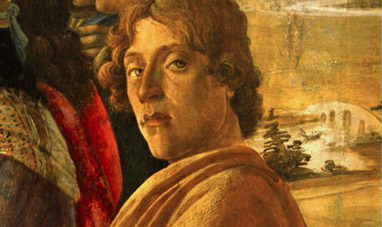

SANDRO BOTTICELLI
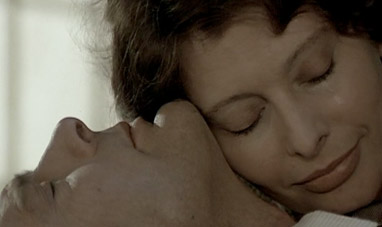

SOPHIA LOREN


GIUSEPPE PENONE
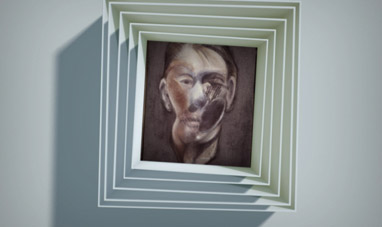

FRANCIS BACON
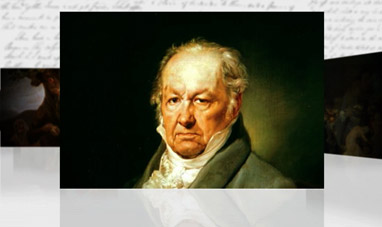

FRANCISCO GOYA
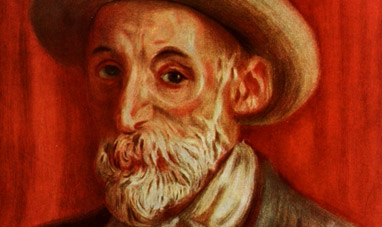

PIERRE AUGUSTE RENOIR
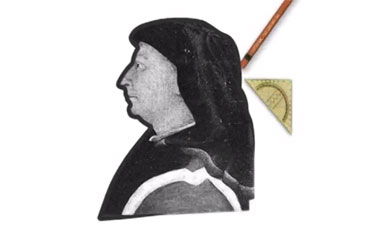

FILIPPO BRUNELLESCHI


CARA DELEVINGNE
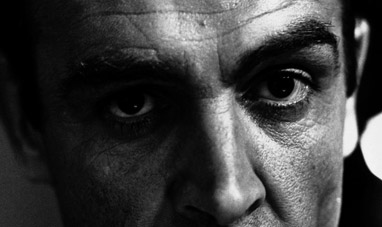

SEAN CONNERY


ERNST LUDWIG KIRCHNER
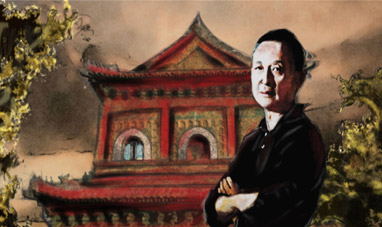

GAO XINGJIAN
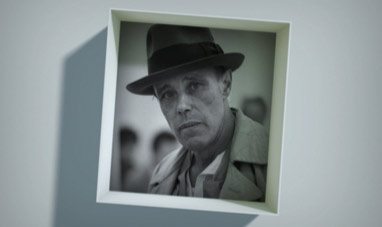

JOSEPH BEUYS


RENZO PIANO


BILLY WILDER
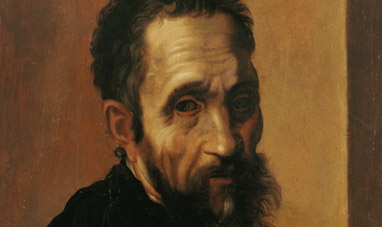

MICHELANGELO BUONARROTI


ADOLF LOOS
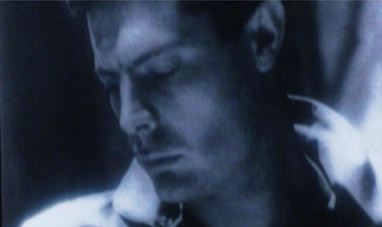

MARCELLO MASTROIANNI
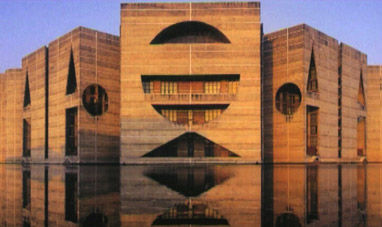

LOUIS KAHN
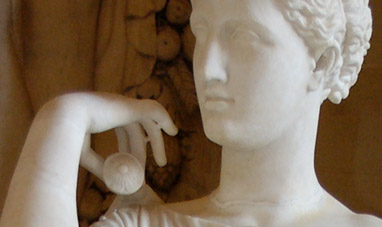

PRAXITELES


STANLEY KUBRICK


JACK KEROUAC


JOHANN SEBASTIAN BACH
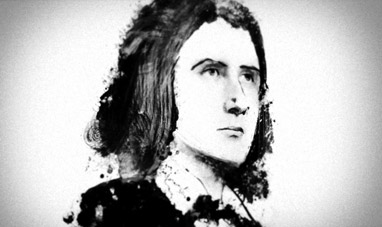

FRANZ LISZT
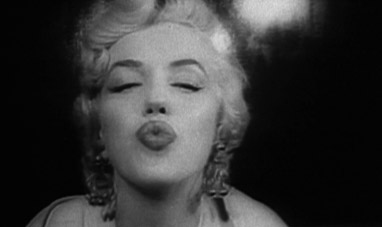

MARILYN MONROE
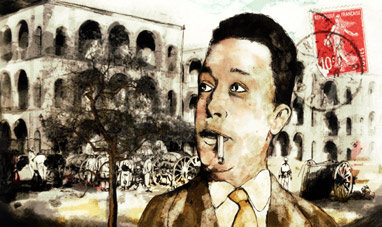

ALBERT CAMUS
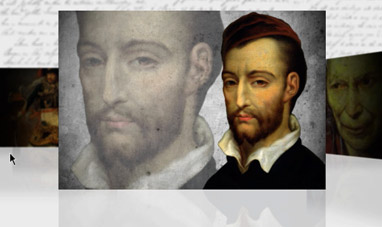

THÉODORE GÉRICAULT


PHARRELL WILLIAMS
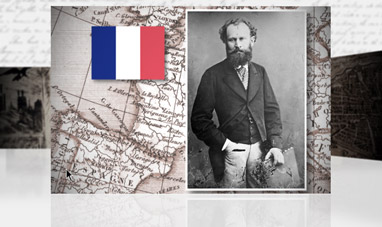

EDOUARD MANET


MERCE CUNNINGHAM


VITTORIO DE SICA
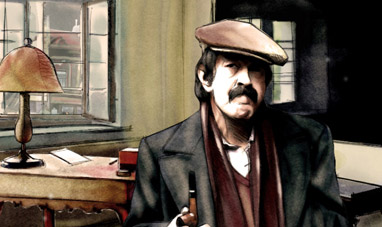

GÜNTER GRASS


FRANK LLOYD WRIGHT
